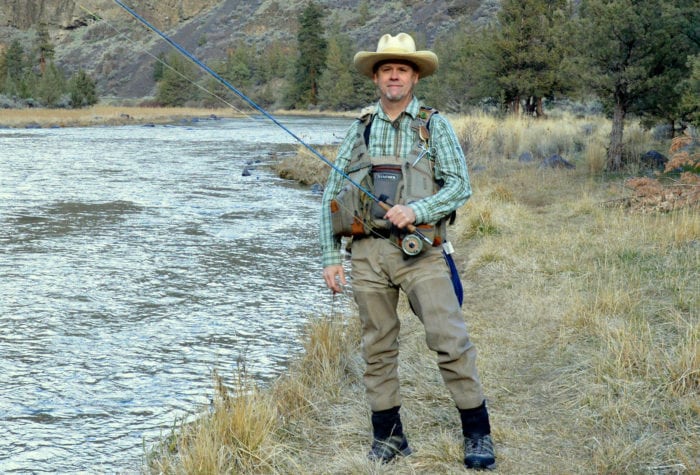Did you know that, in addition to rivers, the Wild and Scenic Rivers Act can also protect creeks, streams and lakes?
Wild and Scenic desert waters take many forms and every drop of desert water plays an important role in the desert ecosystem. From mighty salmon-bearing rivers, like the North Fork John Day, to seasonal streams high in the Pueblo Mountains, the hundreds of waterways nominated for protection in Senator Wyden’s Wild and Scenic Rivers legislation highlight both the diversity and importance of each type of desert waterway.
